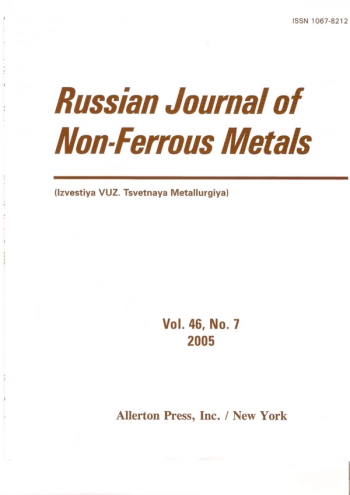We are not making a proper assessment of the resources of the Earth’s crust if we compare the abundance of an element and its market price. Thus, reserves of germanium are greater than those of lead, though germanium costs US$500—$600 per kilogram, while lead costs $0.80 per kilogram; there are more reserves of gallium than of bismuth, though the prices for these two elements are $350—$400/kg and $6—$7/kg, respectively; whereas for cadmium its reserves are ~ 10~5%, i.e., one twenty-fifth, those of Ge, but its cost is all of ~$l/kg. It is understood that the principal role in price formation is played by such factors as the degree of dispersion of an element; whether the element is extracted as a by-product with other elements or on purpose, whether there exist chemical reactions that make it possible to at once separate the element from accompanying compounds, etc. But there is in this series an element that is the most expensive in terms of all criteria — indium. It is rare, amounting to 10-5% of the total mass of the Earth’s crust, it is extremely highly dispersed, and may be extracted as a by-product only through multi¬stage processing from concentrates of lead-zinc ores. On the basis of all the laws, it must be the most expensive of the elements, in fact costing hundreds of dollars per kilogram, a fact that has been observed throughout most of the history of indium.
In 1980, for example, the price of 1 kg In was $550. From 2000 to 2003, however, it cost $70—$80/kg, since China flooded the market with inexpensive materials and in all these years “held back the price” so that it had seemed that indium would never occupy its valuable position. But in 2003 the price for indium began to grow, increasing from $95/kg (in January) to $317/kg (in December), and in January, 2005 it even reached $860—$900/kg.
The present survey represents an attempt to describe the state and dynamics of the market for indium and indium-based compounds (both the world and the domestic market) over the past three or four years [1, 2, 5—7].
